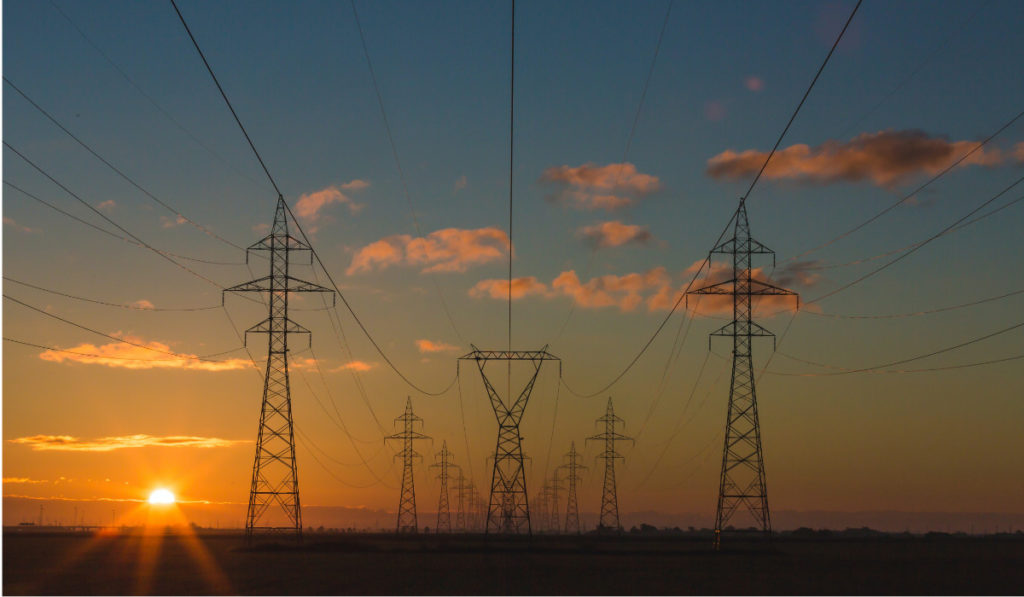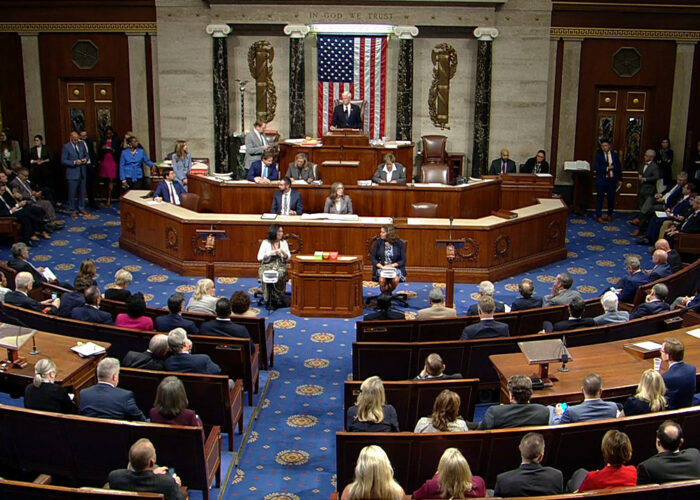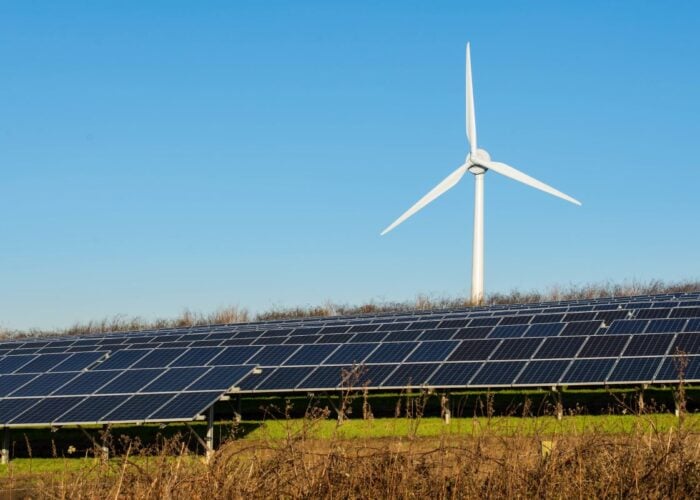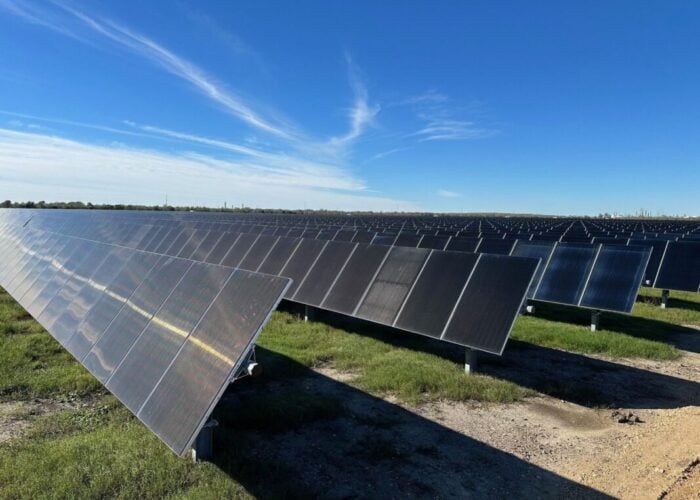
A total of 34GW of renewable power could reach commercial operation in the Mid-Atlantic States of the US over the next four years if renewable projects could be brought online at a pace that PJM Interconnection had approved projects between 2011 to 2016, according to a recent American Council on Renewable Energy (ACORE) study.
In the Power Up PJM report, the ACORE quantified the potential economic benefits of the onshore renewable energy projects awaiting grid connection in PJM. Currently, there are 2,003 onshore wind, solar, and battery storage projects in the region’s transition cycle, totalling roughly 167GW of new generation capacity. When project developers and PJM brought these projects online with a pace consistent with the 20.3% completion rate observed in the region between 1 April 2011 and 30 September 2016, 34GW of new renewable energy could be yielded in the next four years.
Try Premium for just $1
- Full premium access for the first month at only $1
- Converts to an annual rate after 30 days unless cancelled
- Cancel anytime during the trial period
Premium Benefits
- Expert industry analysis and interviews
- Digital access to PV Tech Power journal
- Exclusive event discounts
Or get the full Premium subscription right away
Or continue reading this article for free
The report highlighted two reasons for queue challenges, including a lack of sufficient transmission development, and the region’s outdated interconnection process.
Moreover, the PJM states could benefit from capital investment of up to US$33 billion in renewable energy projects if they can reach commercial operations at the pace between 2011 and 2016. Virginia (US$8.52 billion) would attract the most capital investment of any state in the region, largely due to potential investments in solar and battery projects as this state’s wind, solar, and storage capacity in the queue reached 43.7GW.
Illinois would attract more onshore wind investment (US$5.53 billion) than any state in the region and the second-most overall investment, followed again by Ohio (US$4.8 billion), Indiana (US$4.77 billion), and Pennsylvania (US$3.15 billion).
“The current grid backlog is unprecedented. With commonsense reforms, grid planners and operators could ease the logjam in our nation’s interconnection queues, accelerating the renewable transition and delivering meaningful economic and health benefits to states across America,” said Gregory Wetstone, president and CEO of ACORE.
Lastly, the report also suggested several ways that PJM can work on to improve the interconnection process. For example, PJM could consider streamlining the interconnection of new renewable resources, replacing a retiring resource, reducing network upgrade costs by incorporating grid-enhancing technologies, and accelerating near-term transmission upgrades or expansions targeted to reduce the backlog of resources in the queues.






